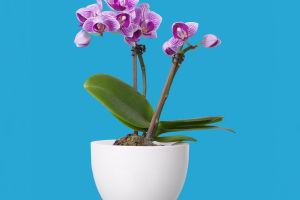Healing or Hazard?
Ganoderma lucidum, a medicinal fungus widely used in traditional medicine, has been esteemed for its diverse medicinal properties, including immune enhancement, anti-cancer, anti-inflammatory, and antioxidant effects.
Due to its medicinal significance, Ganoderma is extensively incorporated into health supplements and pharmaceuticals.
However, a contentious issue surrounds the toxicity of wild varieties of Ganoderma. This article aims to explore the toxicity of wild Ganoderma from various perspectives and delineate methods for distinguishing between poisonous and non-toxic strains.
Examination of Wild Ganoderma lucidum Toxicity
1. Toxicological Research
While previous studies have reported toxicity associated with Ganoderma, most findings pertain to cultivated varieties. Limited research has been conducted on the toxicity of wild Ganoderma lucidum.
However, existing studies indicate the presence of some toxic constituents in wild Ganoderma lucidum, such as trace amounts of aflatoxins, which may pose health risks.
2. Influential Factors
Several factors can influence the toxicity of wild Ganoderma lucidum, including environmental conditions and collection techniques.
Contaminants, soil composition, and climatic factors within the growth environment may impact the toxicity profile of Ganoderma lucidum. Moreover, processing methods during collection can influence the concentration of toxic compounds in the fungus.
Methods for Distinguishing Toxic from Non-Toxic Strains
Though research on the toxicity of wild Ganoderma lucidum is limited, several methods can aid in distinguishing between toxic and non-toxic strains:
1. Professional Certification
Procure Ganoderma lucidum products from reputable manufacturers and ensure they possess relevant quality certifications, such as accreditation from the State Food and Drug Administration (CFDA). This mitigates the risk of acquiring toxic reishi mushrooms.
2. Visual Examination
Wild Ganoderma lucidum typically exhibits distinctive physical characteristics, such as a red or black cap with a glossy surface. Initial assessments of toxicity can be made by observing these features during collection.
However, this method may lack reliability, as some poisonous reishi species share similar appearance traits.
3. Biological Testing
Biological assays can detect toxic components within Ganoderma. This involves chemical analysis of Ganoderma components and toxicity assessment through animal experimentation. Nevertheless, this approach necessitates specialized laboratory resources and expertise, entailing time and cost.
4. Expert Consultation
Consulting professionals when collecting and consuming wild reishi mushrooms is advisable. Their expertise and experience enable them to assess the quality and safety of wild Ganoderma lucidum for consumption.
Conclusion
Despite the numerous medicinal properties attributed to wild Ganoderma lucidum, concerns persist regarding its toxicity. To mitigate associated risks, it is advisable to source Ganoderma lucidum products from reputable manufacturers and refrain from collecting and consuming wild varieties unnecessarily.
When engaging with wild Ganoderma lucidum, seeking guidance from professionals and employing methods such as visual examination and professional certification can help minimize potential hazards.


